Scroll down below to explore the latest posts from our daily collecting guide, Peter's quotes, notes and reflections from forty years of collecting and dealing in photography. Started during lockdown and continued by popular demand for over three years now, daily posts are sent by email to our mailing list subscribers, with live works for sale and related works to explore, as well as advance previews of exhibitions and events.
Access the previous 800 posts in our archive pages starting in March 2020 here
Use the #tags below right to search by category and subject. If there is a particular subject, era, style or artist of interest, please contact our concierge service for a tailor-made private view.
-

#1450 - Ruth Bernhard
Two Leaves, 1952“Take one camera with film: add one knowing eye and as much strong feeling as you have available: mix well with a generous portion of your own unique personality: expose to the right light for the exact fraction, and process until beauty appears”
~ Ruth Bernhard
(1905-2006)ENQUIRE ABOUT THIS WORK
-
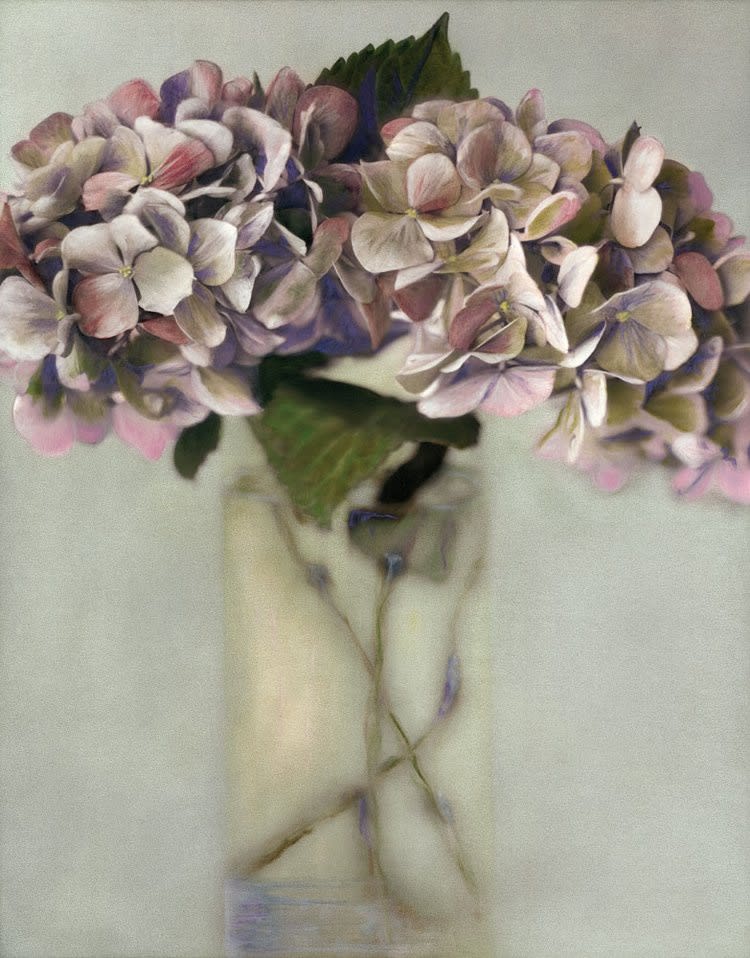
#1408 - Brigitte Carnochan
Hydrangea, 1999 / Printed 1999"The qualities that have fascinated me and led me to make a particular photograph are usually quite intuitive. I generally don't have a completed concept in my mind when I begin--I move things around, change angles, lighting - until everything seems right."
~ Brigitte Carnochan
ENQUIRE ABOUT THIS WORK
-

"Firm, fleshy, glistening with juice, this is an apple you want to eat. Looking at it from another perspective, the center of the halved fruit reveals a face-like form, raising the suggestion that humanity can be seen as an integral part of nature."
~ Chris Johnson & Barbara Bullock-Wilson
from Wynn Bullock: 55, Phaidon Press, 2001"Dad called this photograph one of his “seed pictures”. He once said, “It is not that I am uninterested in telling visual stories about people and their everyday lives. I just like to leave this kind of work to others. What I prefer is to trace the hidden roots of humanity deeply embedded in nature.” Years after making this image, he explored this theme more deeply and explicitly in what turned out to be one of his last and most evocative bodies of work."
~ Barbara Bullock-WilsonENQUIRE ABOUT THIS WORK
-

#1282 - Brigitte Carnochan
Tea Rose IV, 1999“Earth laughs in flowers.”
~ Ralph Waldo Emerson -
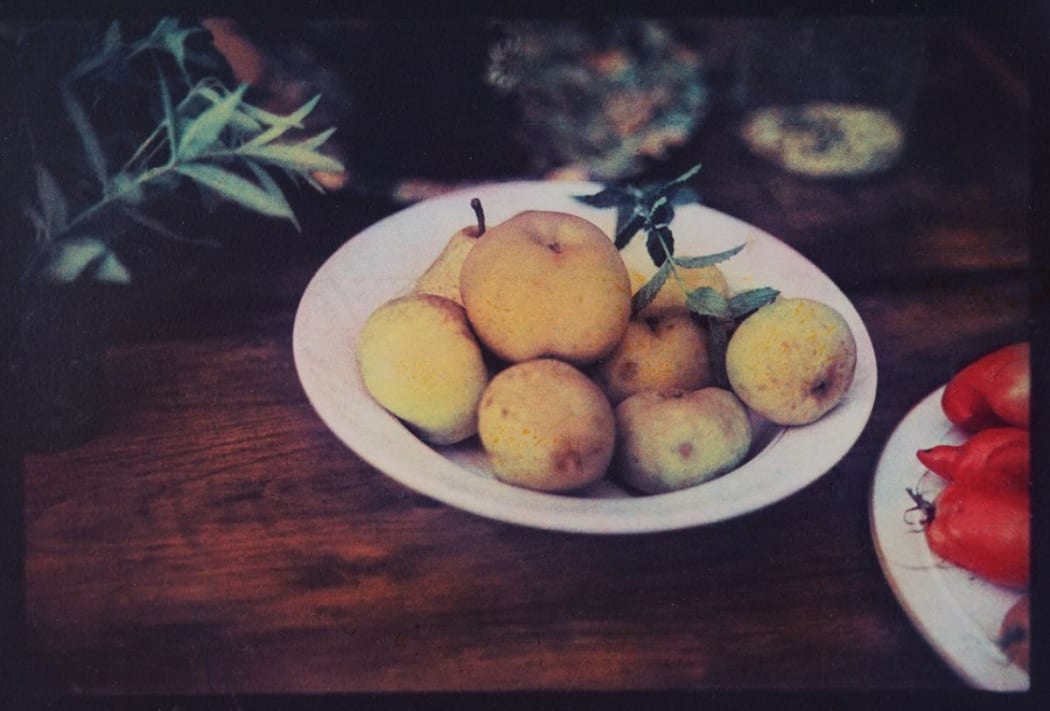
#1256 | Bernard Plossu
Saint Pierreville, Ardeche, 2012"Nothing important is happening but that is precisely because a great photo doesn't necessarily have to show something important, it can be ordinary, anodyne."
~ Bernard Plossu
-

#1210 - Michael Kenna
Pine Trees, Study 4, Wolcheon, Gangwondo, 2011"I was lucky to discover a group of pine trees in 2007, while photographing watchtowers on the east coast beaches of Gangwando. When I first saw this copse, the trees were dramatic and dark, set against grey, ominous clouds. I photographed them at dusk, until it started to rain, and then drove off to visit a Buddhist temple many miles away. I was unaware that these trees were imminently at risk to be cut down and replaced with a liquified natural gas industrial development. Fortunately, an environmental movement was set up to fight against the destruction of the trees and it succeeded in preserving them. I was very happy to later learn that my photograph was used as part of their campaign. The LNG plant was eventually built, but it was put underground and the trees survive to this day. I have revisited this location many times since and intend to continue photographing these beautiful trees."
~ Michael Kenna
ENQUIRE ABOUT THIS WORK
-

#1176 - Paul Caponigro
Wild Flowers / Wet Window, Cape Cod, MA, 1958“At first, I looked questionably at the field weeds and stems stuck into a vase, but on further scanning of the back ground, I became enamored of the pane of glass dappled with raindrops and misty patches of light. I was taken with how beautifully dark and light were splashed throughout the image and how easily the stems and dry flowers graced the vase. Taken as a whole, this photo meets the eye as an overall texture rather than as neatly grouped elements with a frame. Were it not for some of the parts showing how crisply they can be delineated by the camera lens, I would describe this photograph as being gently impressionistic."
~ Paul Caponigro
ENQUIRE ABOUT THIS WORK
-

#1153 - Michael Kenna
Mamta's Lotus Flower, Ban Viengkeo, Luang Prabang, 2015 (Printed 2016)"I gravitate towards places where humans have been and are no more, to the edge of man’s influence, where the elements are taking over or covering man’s traces."
~ Michael Kenna
ENQUIRE ABOUT THIS WORK
-

#1144 - Brigitte Carnochan
Massed Sunflowers, 2006"Keep your face to the sunshine and you cannot see the shadow. It's what sunflowers do."
~ Helen Keller
-

#1132 - Ansel Adams
Rose and Driftwood, San Francisco , 1932“Adams feels deeply what he sees, he has a reverence for the earth in all its variety, delicacy and strength, but he is the absolute reverse of effusive: he sees with such austerity, even severity, that some have mistakenly called him cold. He has an incomparable technical expertness in communicating what he sees and feels, and for half a century and more he has gone on making photographs so plainly stamped with his personal artistry that they hardly need his steeple-A signature on them. They have taught thousands how to see: they have become household images, they have steadily affirmed life.”
~ Wallace Stegner
(1909-1993)
“I had a fine north-light window in my San Francisco home which gave beautiful illumination, especially on foggy days. My mother had proudly brought me a large, pale pink rose from our garden and I immediately wanted to photograph it. The north light from the window was marvelous for the translucent petals of the rosebud. I could not find an appropriate background. Everything I tried, bowls, pillows, stacked books and so on was unsatisfactory. I finally remembered a piece of weathered plywood picked up at nearby Baker Beach as wave - worn driftwood. Two pillows on a table supported the wood at the right height under the window and the rose rested comfortably upon it. The relationship of the plywood design to the petal shapes was fortunate and I lost no time completing the picture “
~ Ansel Adams
(1902-1984)ENQUIRE ABOUT THIS WORK
-

#1130 - Sheila Metzner
Peony., 1998, printed 2017"This is work. My work contains everything I love. It is all in each photograph. No darkness. No despair. No evil. No fear. Love chooses the settings. Love chooses the props. It is both the myth and the reality of my existence. My life on earth, to share. At the same time, it is a document and an homage to all that has inspired me."
~ Sheila MetznerENQUIRE ABOUT THIS WORK
-

#1109 - Paul Caponigro
Frosted Window, Revere, MA, 1957, printed 2019“Being a photographer primarily involves being an observer, and on one particular day, while sipping coffee at the kitchen table, I noticed that the glass door leading out to the porch carried a patina of etched shapes upon it. It was wintertime and the cold of the outdoors meeting the warmth of the kitchen had left shapes like snowflakes and broader patches of frost across the entire pane of glass. The observer in me saw the potential for a picture and so I brought my view camera into the kitchen and played with the image on my ground glass until I created a good composition that exposed the uniqueness of the frost and winter’s handiwork. I focused on the plane carrying the frost and this selective focusing caused any objects behind the frosted glass to be seen as soft -edged and out of focus. A bright light falling on some objects on the porch appeared as a soft cloud in the midst of the frost pattern. In the final print from the negative, I was pleased with the coming together of shapes and tones that created a nebulous space in which mystery and beauty hovered together"
~ Paul Caponigro
-

#1102 - Paul Caponigro
Sunflower Face, Winthrop, MA, 1965, printed 2019“Though flaunting its charm by the light of day, the flower seems to have been hiding an aspect of it’s deeper interior as I studied it on my camera’s ground glass. Having photographed and studied the sunflower in many of its growing aspects, I was intrigued with the images presented in its process of drying and dying. Beauty always attended its outer aspects in life, whereas the folding up of the dying petals gave images a more interior and reflective stance, like that taught by the mystics”
~ Paul Caponigro
-
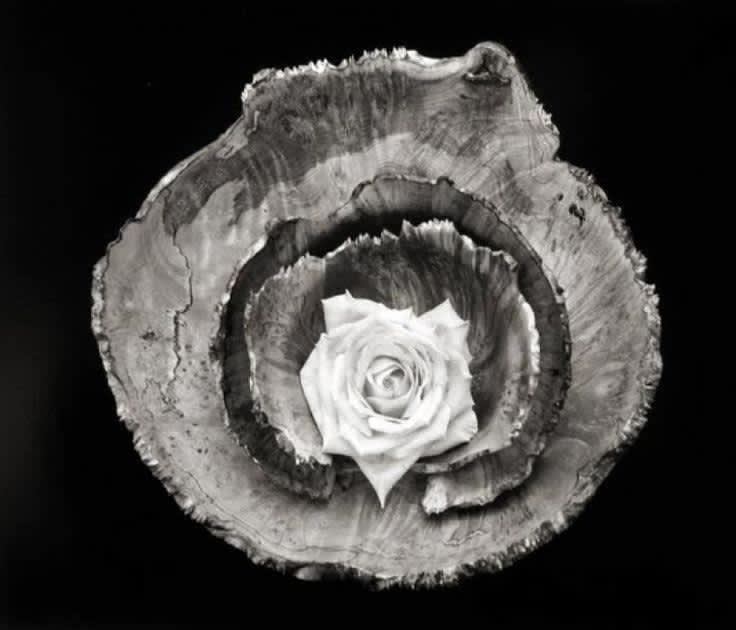
#1092 - Paul Caponigro
Rose Bowl, Still Life, Cushing ME, 2002“In the late 1990’s, I was afflicted with knee problems and had both knees replaced. The surgery was not that difficult, but therapy and exercise did prove to be tedious. As a result, I found it most difficult to heft my 5 x 7 view camera into the field along with the weighty tripod required. It then occurred to me that I could make photographs indoors as well as in the great outdoors. In the field, I often had found sticks, stones and bones that were interesting enough to enjoy in my home, and I began to look at them now as potential subjects for photographs. It was the beginning of a long period of trying to arrange objects well enough to avoid a stilted look. Nature always had her way of presenting her creations with grace and beauty, even within seemingly chaotic views”
~ Paul Caponigro
-
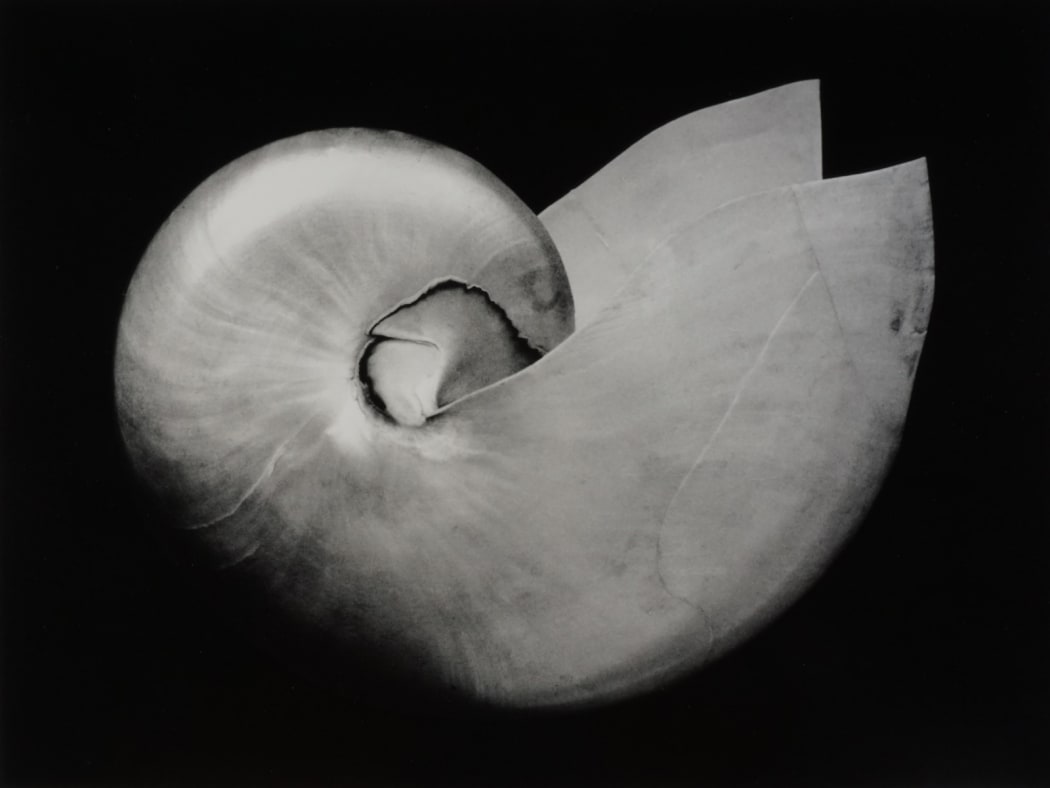
#1083 - Paul Caponigro
Silver Nautilus, M.A, 1960“Photography's potential as a great image-maker and communicator is really no different from the same potential in the best poetry where familiar, everyday words, placed within a special context can soar above the intellect and touch subtle reality in a unique way"
~ Paul Caponigro
-
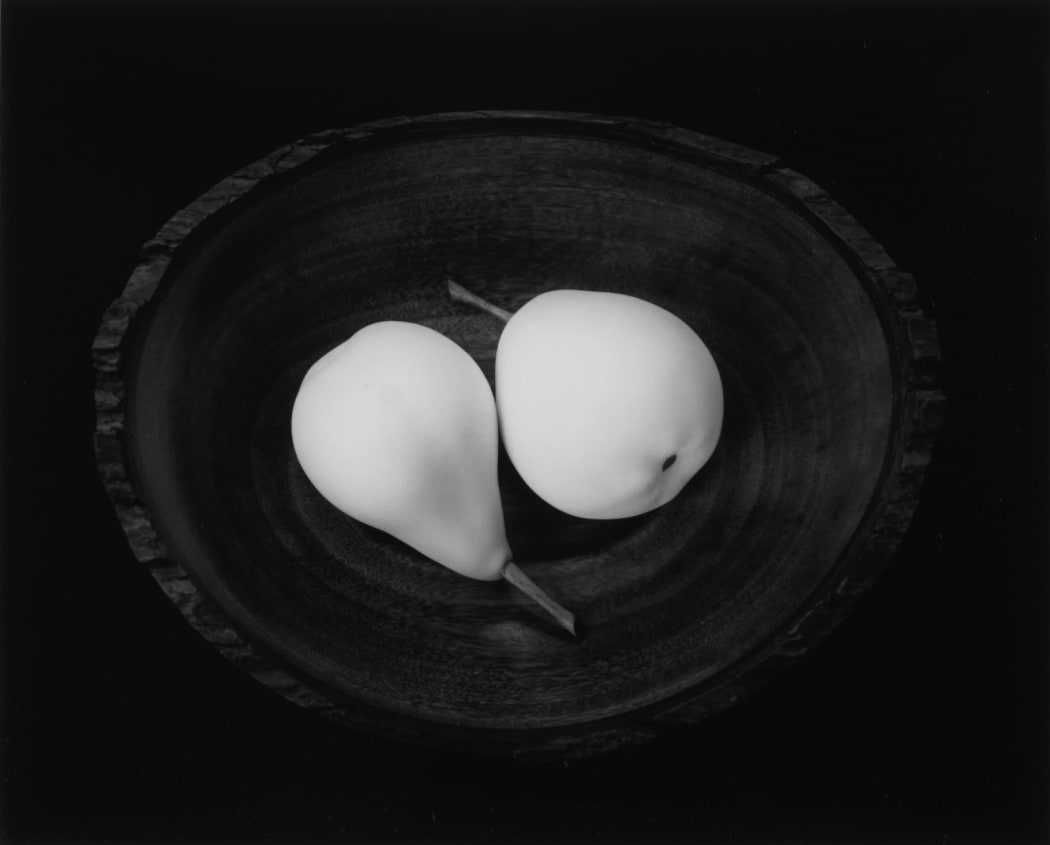
#1075 - Paul Caponigro
Two Pears, Cushing, Maine, 1999“Viewers of this image are often surprised and question how the pears appear to be so white, since these fruits do have varying degrees of color to them. In fact the items I photographed were ceramic replicas of the fruit. My daughter-in-law had purchased a group of these accurately shaped ceramics and generously gave one to me upon my asking for it. While holding the ceramic pear in my hand to admire its beauty, I thought about taking a photograph of it. I looked about my house and found a simple wooden bowl to use as a background, but the combination did not satisfy. Remembering that my daughter-in-law had bought several of these ceramics, I asked her for another one, but she objected and suggested I borrow one only. I chose the second pear for being the right size and shape to sit harmoniously next to mine in the dark wooden bowl. This still-life arrangement pleased me and many others who have seen the photograph. When I gave my daughter-in-law a finished print of "Two Pears” she was especially pleased.”
~ Paul Caponigro
-
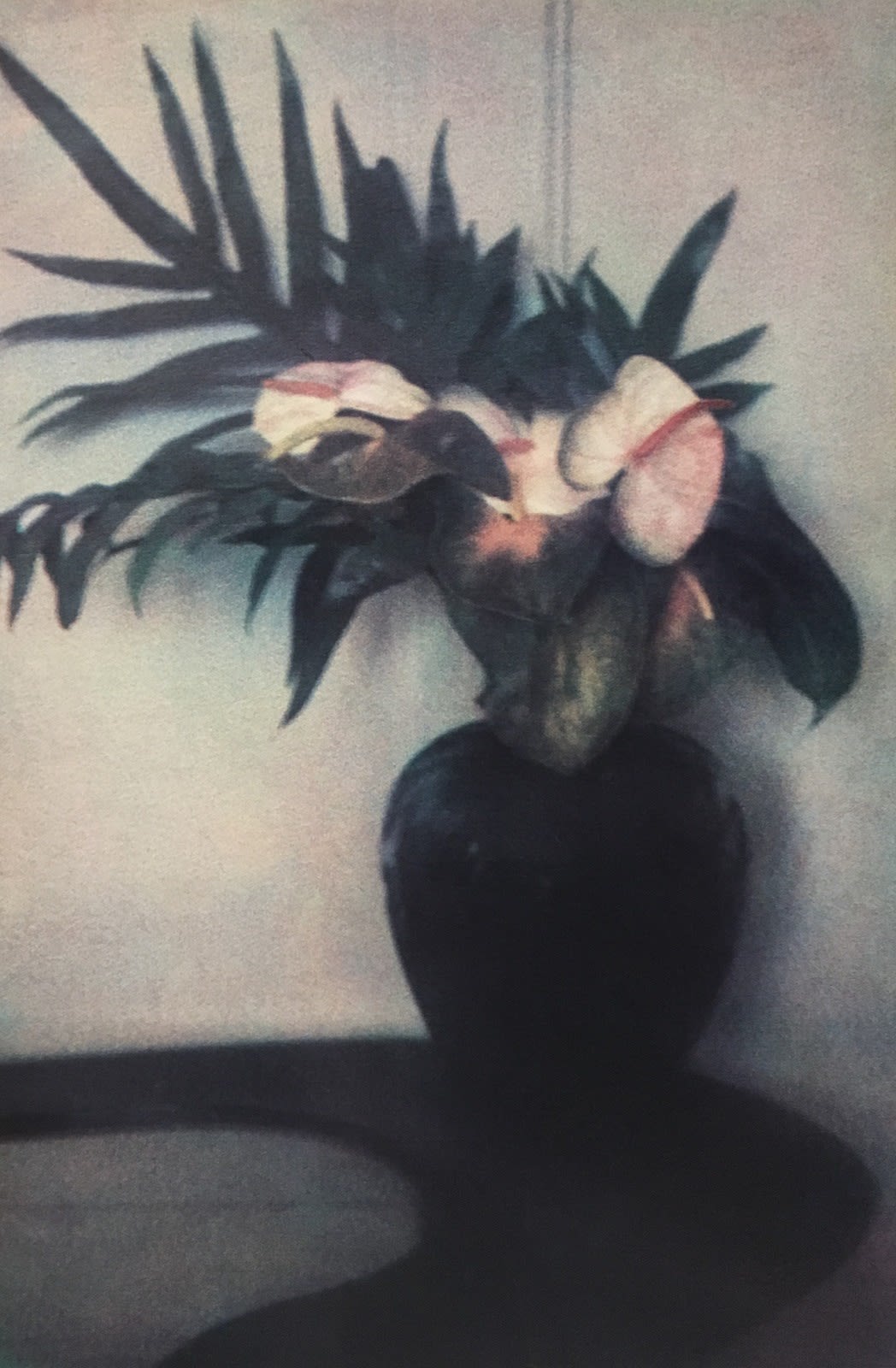
#1070 - Sheila Metzner
White Anturiums., 1984, printed 2017“Tears fell from my eyes when I saw the first two prints. I said, "Mr. Fresson, I'm going to be working with you for a long time."
~ Sheila Metzner
-
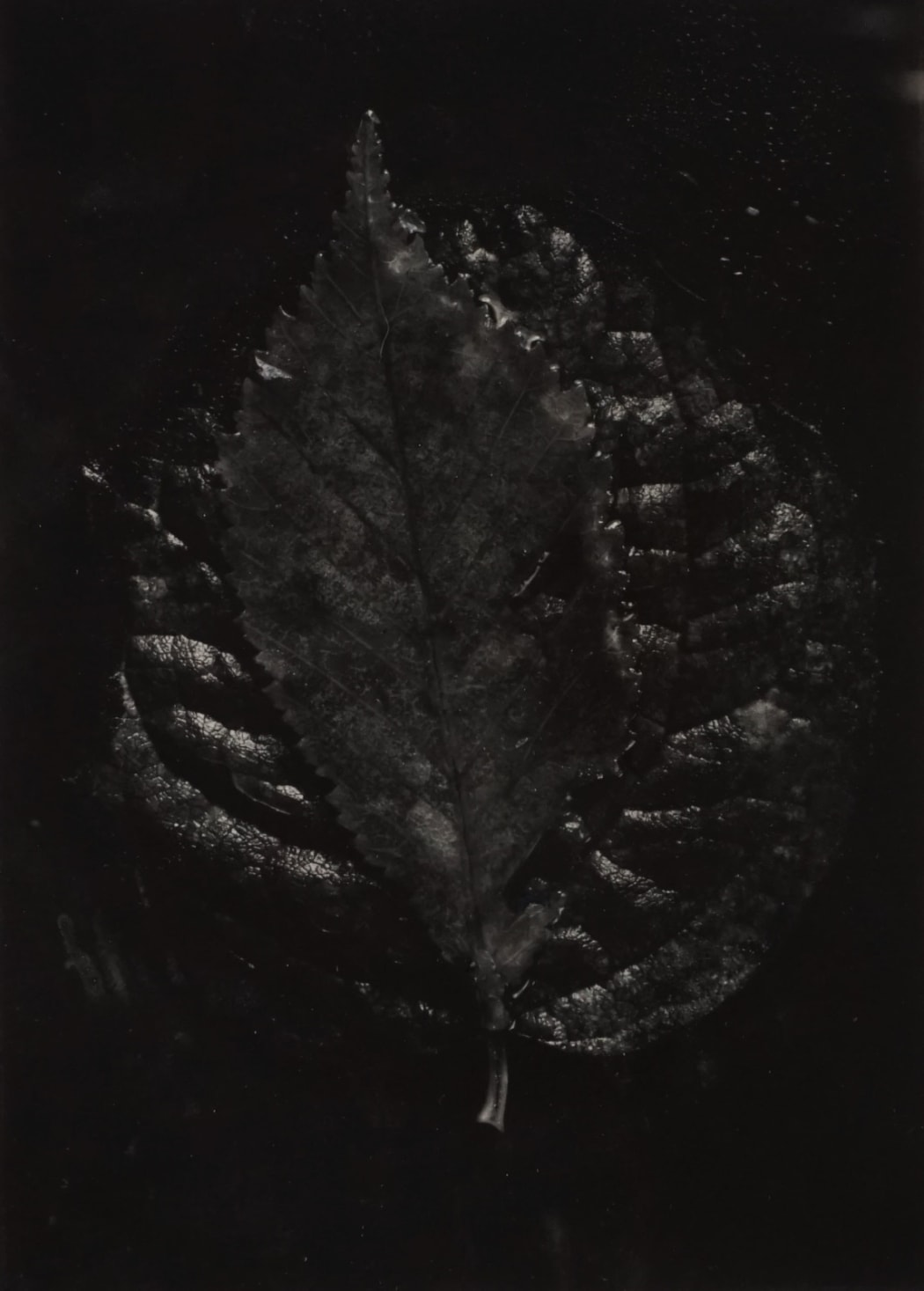
#1065 - Josef Sudek
Two Wet Leaves, 1932“I believe that photography loves banal objects, and I love the life of objects."
~ Josef Sudek
-

#1061 - Laszlo Layton
Porcupine Fish, 2005“I tried to get under their skin. What if I were one of their colleagues? Working with the same equipment, and with my interest in zoology, what would I have come up with? My thinking was, what if one of those photographers were interested in wildlife?”
~ Laszlo Layton
-
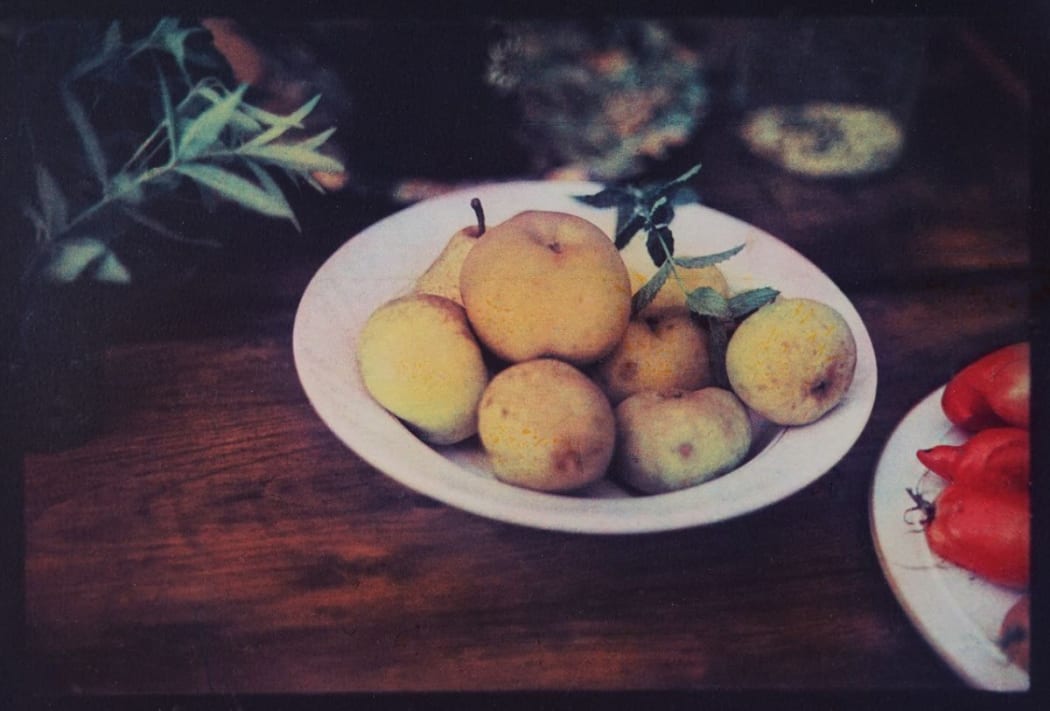
#936 - Bernard Plossu
Saint Pierreville, Ardeche, 2012“In photography, we don’t capture time, we evoke it. It flows like fine sand, endless. We don’t take a photograph, we “see” it, then we share it with others. I practice photography to be on one level with the world and what is happening”
~ Bernard Plossu
-

#905 - Michael Kenna
Caress in Stone, Dorset, England, 1990“I am in agreement with John Szarkowski. A photograph is both a window and a mirror. We look through the window and see, connect and collaborate with the subject matter in front of us. We also use this same external reality as a mirror which reflects our individual proclivities, genetics, experiences, thoughts and desires.”
~ Michael Kenna
-
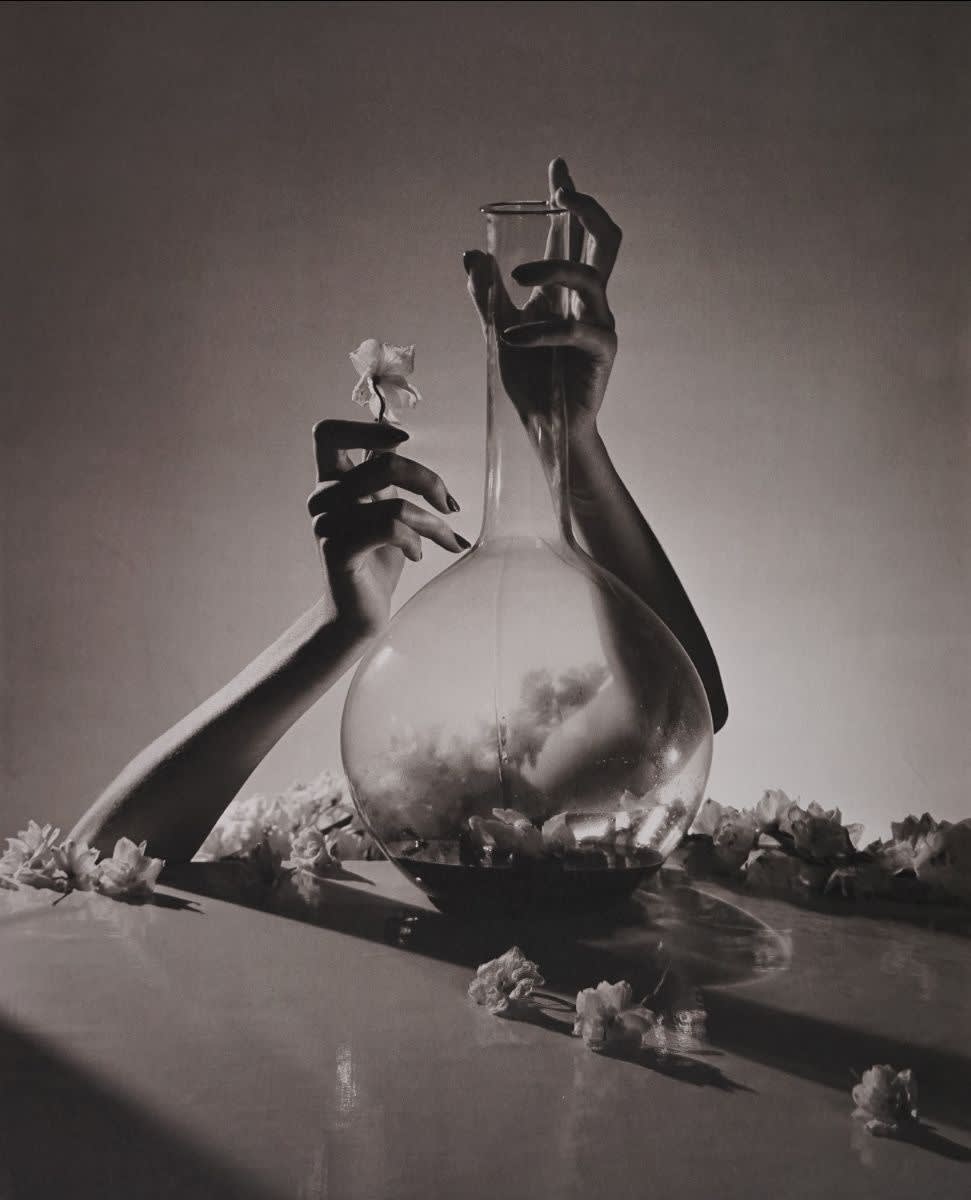
#888 - Horst P. Horst
Lisa, Hands with Flask & Flowers, 1941 (Printed Later)"I like taking photographs because I like life. And I like photographing people best of all because most of all I love humanity."
~ Horst P. Horst -
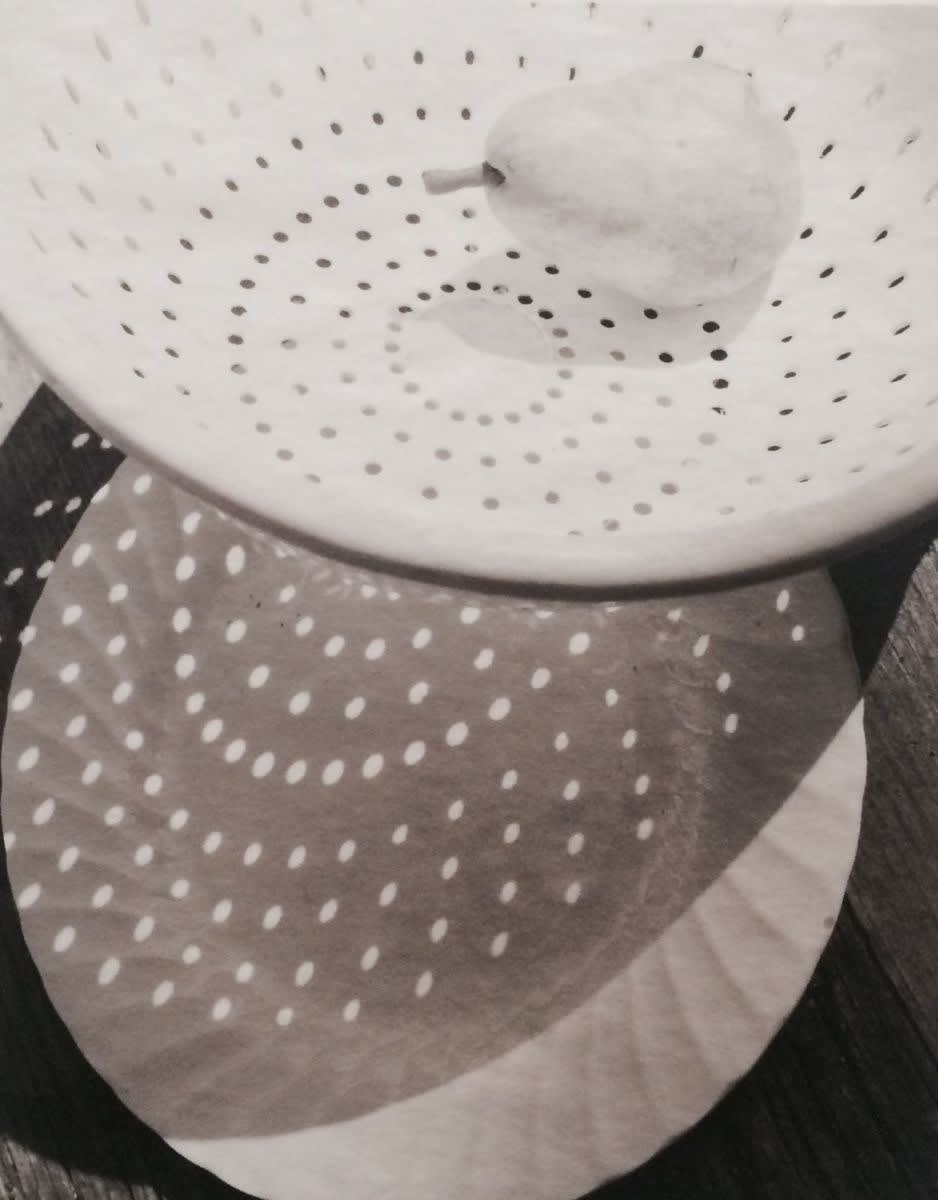
#816 - Jed Devine
Pear & Colander, circa 1970“Form an extended sequence that moves from innocence to decay and return.”
~ Jed Devine